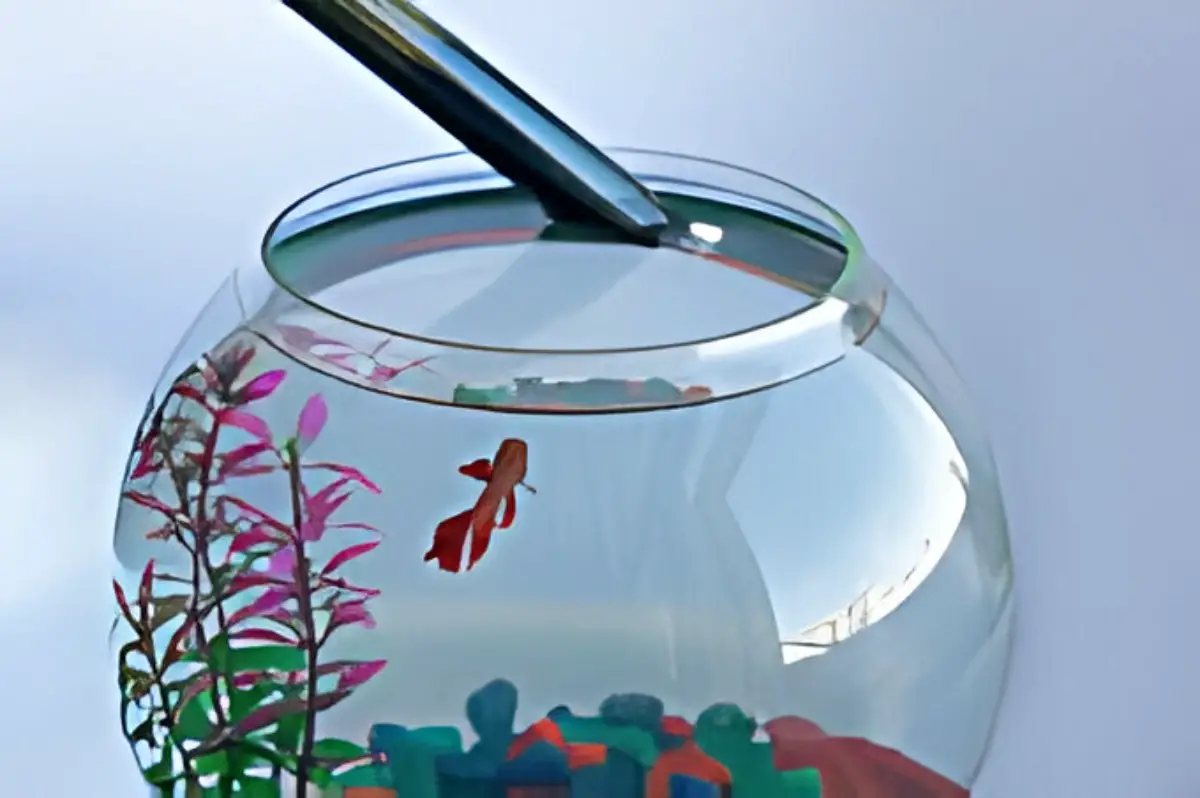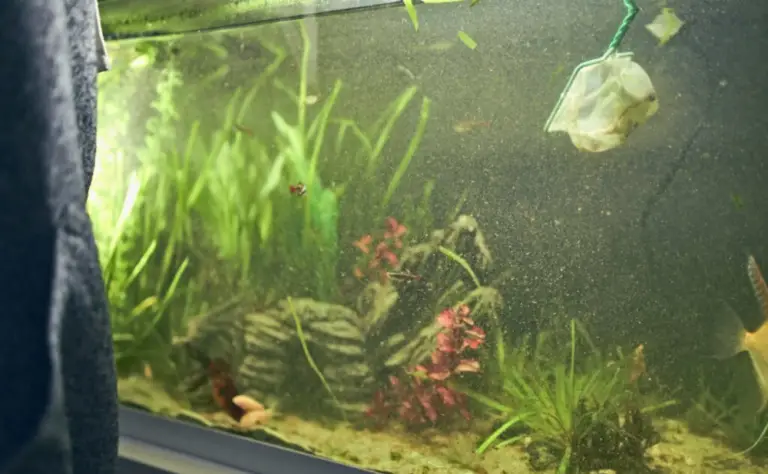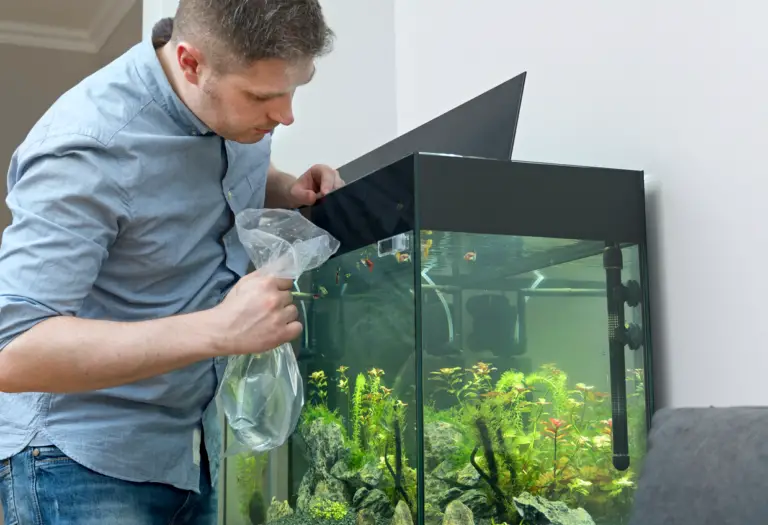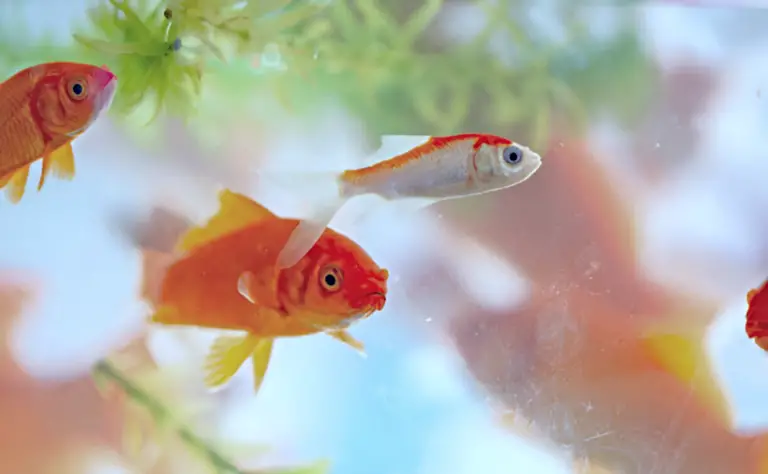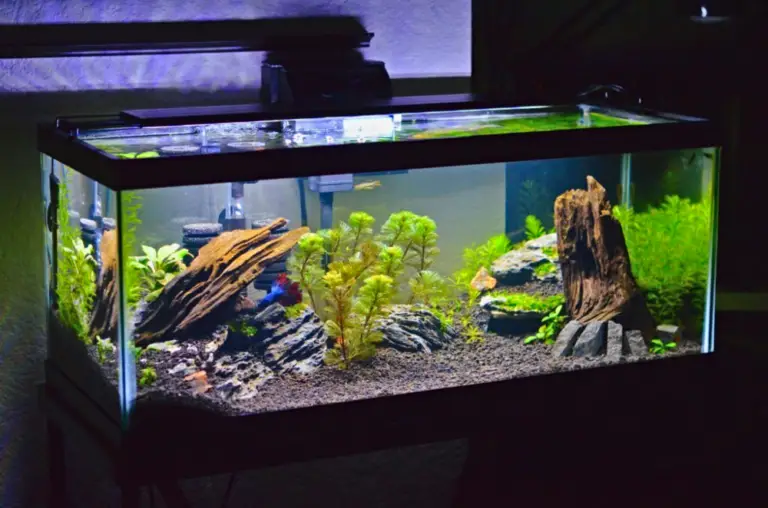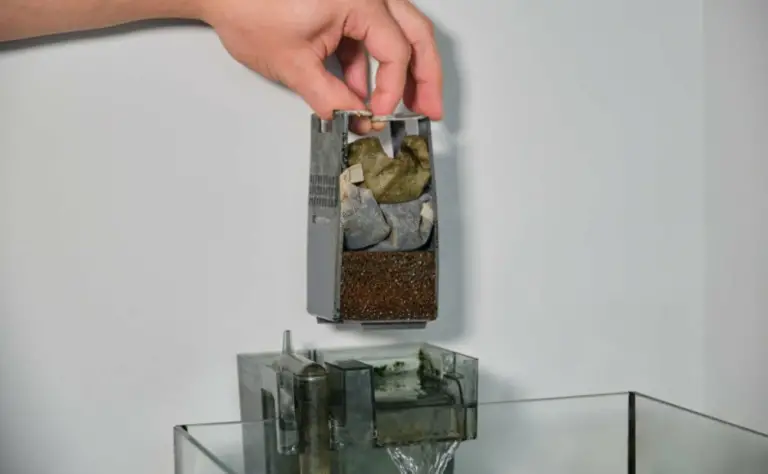Aquarium Temperature — The Complete Guide
When diving into the world of fish-keeping, one quickly learns that mastering aquarium temperature isn’t just about keeping the water warm or cool — it’s a crucial element of aquatic health. Aquarium temperature control is more than numbers on a thermometer, you must create a stable environment where your aquatic buddies can thrive — not just survive.
The right temperature affects everything from a fish’s metabolism to its appetite and immune system, even playing a role in their breeding behavior. So, whether you’re a seasoned aquarist or just starting, understanding how to maintain the perfect aquarium temperature is essential.
Let’s heat things up — or cool them down — and dive into the nitty-gritty of aquarium temperature control.
Understanding Aquarium Temperature
See your aquarium’s temperature as the heartbeat of your aquatic ecosystem. Proper aquarium temperature control ensures that this heartbeat remains steady — providing a lifeline for every creature in your tank. Just like us, fish and other aquatic life are greatly influenced by their environment. The wrong temperature can lead to stress, illness, and even shorten their lifespan.
For tropical fish, the sweet spot usually lies between 75°F and 80°F — creating a balmy oasis for these warm-water lovers. Cold water fish, on the other hand, thrive in chillier conditions — preferring temperatures around 60°F to 75°F.
Factors Influencing Aquarium Temperature
Mastering aquarium temperature control means understanding and adjusting to the following factors.

External Temperature Influence
Think of external temperature like the weather outside your aquarium’s window — it’s the big boss affecting what’s happening inside. When it’s hot out, your tank might start feeling like a warm bath, and when it’s chilly, your fish could be shivering. So, during scorching summers, your aquarium water may heat up, while in winter, it might cool down. Keep an eye on those external conditions — they’re calling the shots on your tank’s temperature!
Aquarium Size and Volume
Size matters in the aquarium world, folks! Picture your tank as a swimming pool — the bigger, the better for temperature stability. Smaller tanks are like tiny cups of water — they lose heat faster and are more prone to temperature swings. But with larger tanks, you’ve got more water volume acting as a buffer against those fluctuations. So, if you’re rocking a small tank, keep a close watch on that temperature dial!
Lighting and Equipment
Lights, camera, action! Your aquarium lighting and equipment are like the behind-the-scenes crew, working hard to keep things running smoothly. But watch out — they can crank up the heat too! Bright lights — especially those fancy ones — can bring the heat, and equipment like heaters and filters can add to it. Make sure everything’s in the right place, and if things start feeling too hot, it might be time to dial it down a notch!
Placement in the Home
Location, location, location — it matters for your aquarium too! Placing your tank near sunny windows or heating vents can turn up the temperature in no time. And drafts from air conditioning? They can send your fish into a chilly panic. Keep your aquarium away from these temperature extremes to ensure a comfy home for your underwater pals.
Measuring and Monitoring Temperature
Alright, let’s dive into the essential task of measuring and monitoring aquarium temperature — a bit like being the weatherperson for your underwater world!
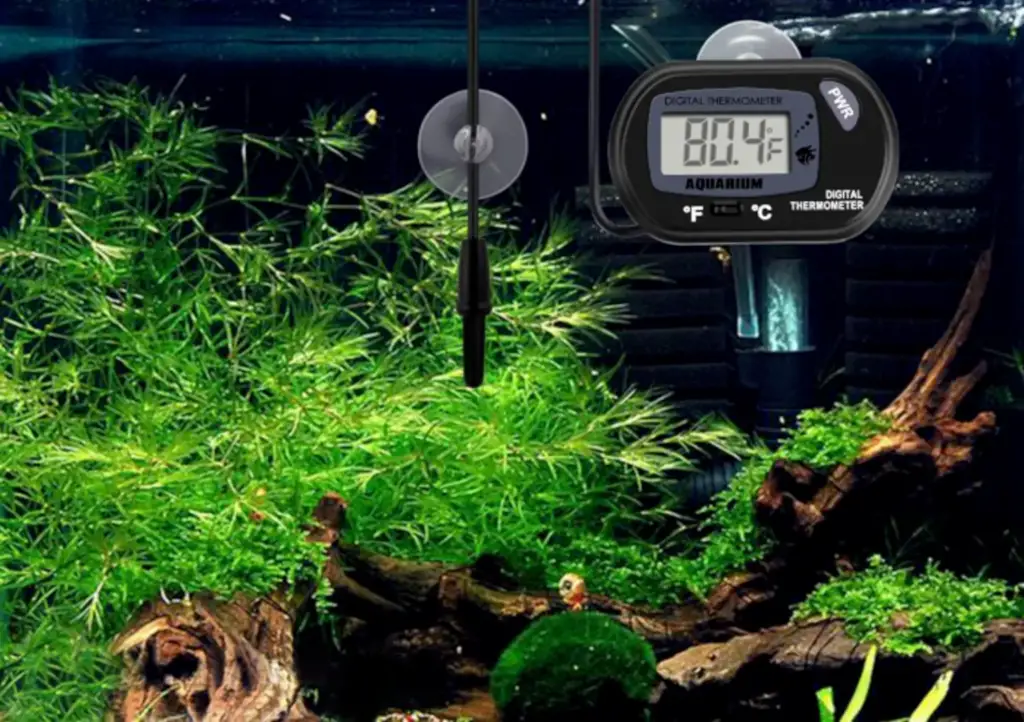
First up, we’ve got a variety of thermometers to choose from. You’ve got your trusty digital thermometers for precise readings, stick-on thermometers that adhere to the outside of your tank for easy viewing, and even submersible thermometers that take the temperature of the water itself.
Now, placement is key! For accurate readings, place your thermometer away from heat sources like lights or heaters and in a spot where water flow is consistent. Read the thermometer at eye level to avoid any distortions caused by water refraction.
But here’s the real kicker — regular monitoring. It’s like keeping tabs on your fish’s mood! Make it a habit to check the temperature daily and log it down. Trust us — it’s your ticket to catching any sudden temperature spikes or drops that could spell trouble for your aquatic pals.
Setting the Right Temperature
Now, let’s dial in on setting the perfect temperature for your aquatic buddies — it’s like finding their favorite cozy spot in the house!
First things first, determining the optimal temperature is like tailoring a suit — it’s gotta fit just right. Different fish have different preferences, so it’s essential to research the specific temperature range for each species you’re housing. Tropical fish usually feel at home in warmer waters, while cold water species prefer it a bit cooler.
But hey, if you’ve got a community tank with a mix of fish, you’ve gotta find a compromise! Aim for a temperature that suits the majority of your aquatic guests, keeping everyone happy and healthy. However, if you’re housing species with very particular temperature needs, like bettas or goldfish, it’s worth considering setting up separate tanks to cater to their specific requirements.
Here’s a list of some common aquarium fish along with their preferred temperature ranges:
Tropical Fish:
- Neon Tetra: 72°F – 78°F (22°C – 26°C)
- Guppy: 75°F – 82°F (24°C – 28°C)
- Angelfish: 75°F – 82°F (24°C – 28°C)
- Molly: 72°F – 78°F (22°C – 26°C)
- Swordtail: 72°F – 82°F (22°C – 28°C)
Cold Water Fish:
- Goldfish: 65°F – 75°F (18°C – 24°C)
- White Cloud Mountain Minnow: 64°F – 72°F (18°C – 22°C)
- Weather Loach: 65°F – 75°F (18°C – 24°C)
- Rosy Barb: 64°F – 75°F (18°C – 24°C)
- Danio: 64°F – 75°F (18°C – 24°C)
Cichlids:
- African Cichlid: 74°F – 80°F (23°C – 27°C)
- Discus: 82°F – 88°F (28°C – 31°C)
- Oscar: 74°F – 80°F (23°C – 27°C)
- Convict Cichlid: 72°F – 78°F (22°C – 26°C)
- Angelfish: 75°F – 82°F (24°C – 28°C)
Betta Fish:
- Betta Splendens (Siamese Fighting Fish): 76°F – 82°F (24°C – 28°C)
Bottom Dwellers:
- Corydoras Catfish: 72°F – 78°F (22°C – 26°C)
- Plecostomus (Common Pleco): 72°F – 78°F (22°C – 26°C)
- Bristlenose Pleco: 72°F – 78°F (22°C – 26°C)
Check out our guide on how to choose compatible tank mates!
Tools for Maintaining Aquarium Temperature
Alright, let’s gear up and talk about the tools of the trade for keeping your aquarium temperature in check!
First up, heating equipment. Think of aquarium heaters as your tank’s cozy fireplace, keeping the water toasty warm for your fishy friends. From adjustable heaters to heating mats, there’s a variety of options to suit different tank sizes and setups.
Now, when things start heating up a bit too much, it’s time to bring in the cool squad. Fans and chillers act like your aquarium’s own personal air conditioner, whisking away excess heat and keeping the temperature in the sweet spot.
But hey, sometimes Mother Nature lends a hand too! Utilize natural temperature regulation by placing your tank away from direct sunlight and using proper insulation to maintain stable temperatures.
Advanced Tips
Alright, let’s take your temperature game to the next level!
Seasonal Adjustments
First off, let’s talk about seasonal adjustments. Just like we swap out our winter coats for summer shorts, your aquarium might need a little tweak as the seasons change. Warmer summer months might call for dialing down the heater or adding some extra ventilation to keep things cool and comfy for your fishy friends.
Quarantine and Hospital Tanks
Now, when it comes to quarantine and hospital tanks, temperature management is crucial during treatment. Some medications can affect water temperature, so be sure to monitor it closely and make any necessary adjustments to ensure your patients are feeling their best.
Breeding Considerations
And let’s not forget about breeding considerations. Just like setting the mood with dim lighting and soft music, maintaining the right temperature is essential for encouraging spawning and successful breeding.
Frequently Asked Questions
Remember, fish-keepers, there’s no such thing as a silly question when it comes to caring for your aquatic pals! Now, let’s dive into some FAQs you might have about aquarium temperature control.
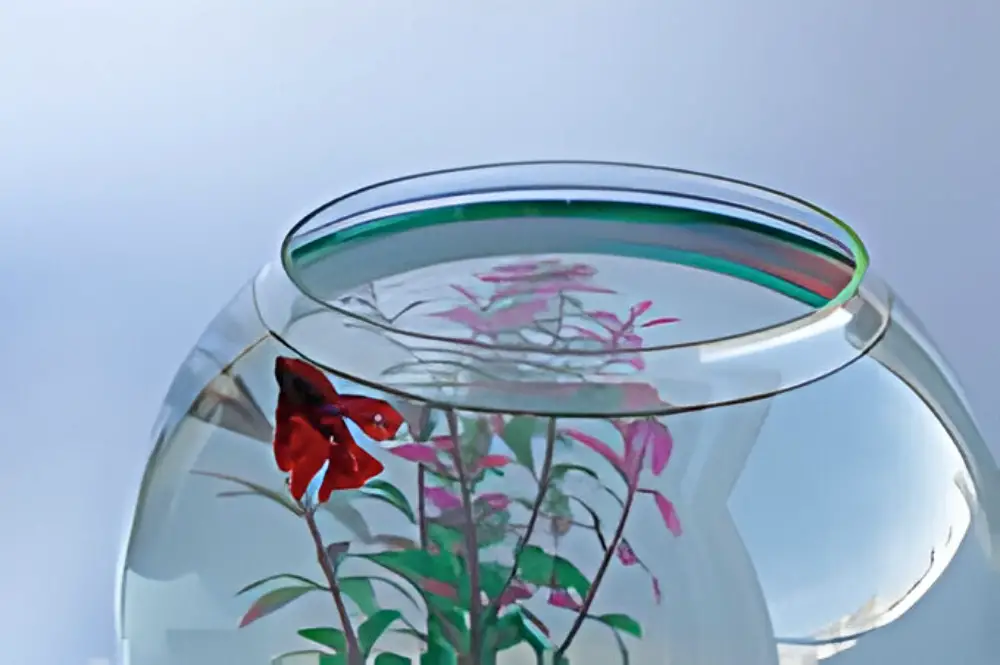
Q: How Often Should I Check My Aquarium Temperature?
A: It’s a good idea to check it daily, especially if your tank is prone to temperature fluctuations. Regular monitoring helps catch any sudden changes early on.
Q: What Should I Do if My Aquarium Temperature is Too High?
A: If things are heating up more than you’d like, try adjusting the heater settings or adding a fan to cool things down. Also, check for any potential sources of excess heat in your tank setup.
Q: Can I Use Room Temperature Water for Water Changes?
A: Absolutely! Just make sure the water you add matches the temperature of your aquarium to avoid shocking your fish.
Q: Do I Need a Heater for My Aquarium if I Live in a Warm Climate?
A: Even in warm climates, temperature fluctuations can occur, so it’s still a good idea to have a heater to maintain stability, especially for tropical fish.
Q: Should I Turn Off My Aquarium Heater at Night?
A: It depends on your setup and the temperature of your home. If your tank stays within the optimal range without the heater, you can turn it off at night to save energy.
Q: Can Fish Die if the Water Is Too Warm or Too Cold?
A: Yes, extreme temperatures can be harmful and even fatal to fish. Sudden temperature spikes or drops can stress fish, weaken their immune systems, and ultimately lead to death. It’s crucial to maintain stable temperatures within the appropriate range for your fish species.
Q: How Do I Decrease My Aquarium Temperature?
A: To lower the temperature in your aquarium, consider methods such as reducing room temperature, increasing airflow with fans, using a chiller, or performing partial water changes with cooler water. Additionally, shading the tank from direct sunlight and turning off unnecessary heating equipment can help bring down the temperature.
Q: How Do I Increase My Aquarium Temperature?
A: If your aquarium temperature is too low, you can raise it by adjusting your heater settings, increasing room temperature, using heating equipment such as aquarium heaters or heating mats, and insulating the tank to prevent heat loss. Be sure to monitor the temperature closely to prevent overheating and stress on your fish.
Dive into Perfect Temperatures with Aquabuildr!
As we wrap up, let’s take a moment to reflect. Maintaining the correct aquarium temperature isn’t just about keeping the water warm or cool — it’s about providing a comfortable and stable environment where fish can thrive.
But hey, it’s not just about understanding the importance — it’s about taking action. So, fish-keepers, we encourage you to stay vigilant and proactive in monitoring and adjusting your aquarium temperatures. Your finned pals will thank you for it!
And hey, if you’re ready to take your fish-keeping game to the next level, why not explore our comprehensive fish-keeping app, Aquabuildr? With its intelligent algorithm and customizable features, Aquabuildr makes building and maintaining your aquarium a breeze.
So go ahead, download the app from the Google Play Store or Apple App Store for FREE!
-
Aquarium Temperature — The Complete Guide
Master aquarium temperature control with our complete guide. Learn how to maintain optimal conditions for your fish friends!

